
Plankton & Biofilms
This laboratory analyses the structure and function of the micro communities that inhabit the water column (plankton) and those that cover different types of substrates (biofilms), which are found in continental water bodies.
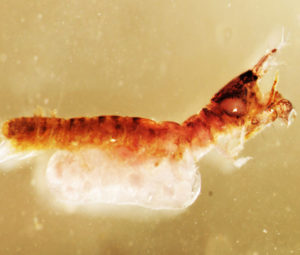
Bentos
This working group explores the diversity of macroinvertebrates that inhabit the sediment and macrophytes of continental aquatic ecosystems, as well as their ecophysiological responses to anthropogenic disturbances.
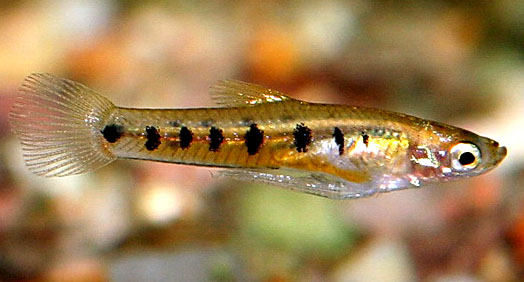
Fish Ecology
This working group is dedicated to studying fish assemblages from continental aquatic environments and their relationship to the characteristics of the ecosystem and its social environment.

Bird Ecology
Our research group studies the ecology of the birds that inhabit continental aquatic ecosystems of the northeast of Buenos Aires. The area where we carry out our studies includes two private farms in Punta Piedras, Punta Indio, Buenos Aires Province, located within the Biosphere Reserve Southern Coastal Park (MAB-UNESCO).
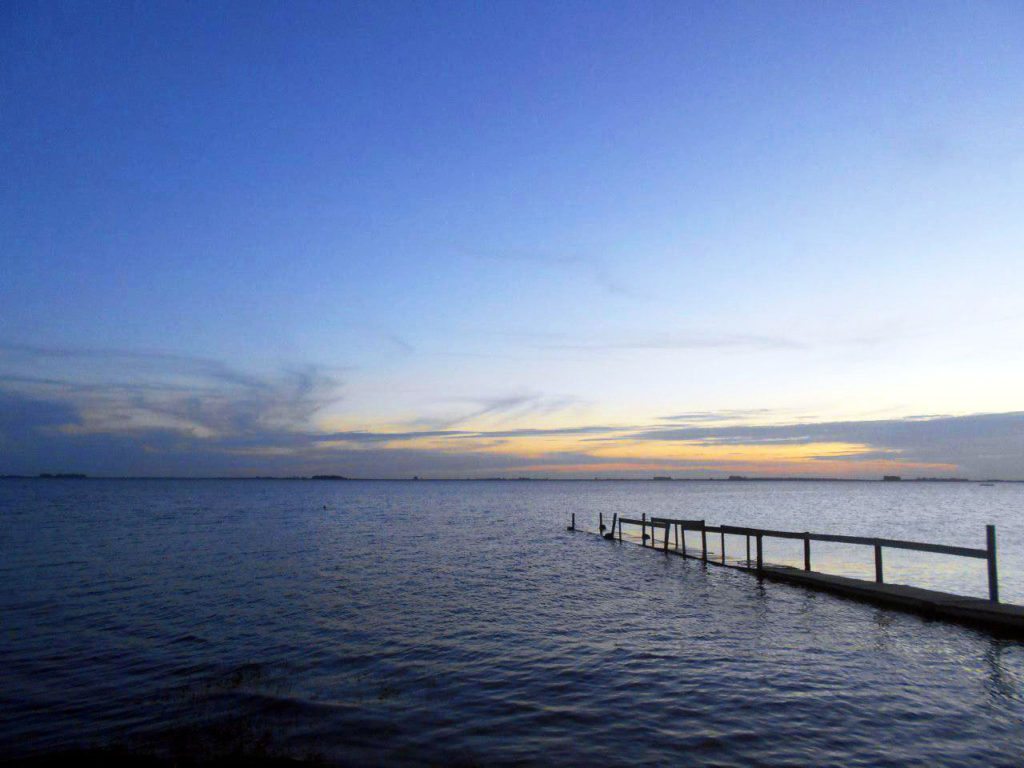
Biochemical Cicles
This working group is dedicated to determine the effect of pesticide applications on crops on the fauna of adjacent streams. At the same time they evaluate the influence of applied fertilizers on water quality, especially by analyzing the concentration of nutrients (ammonium, nitrate and soluble reactive phosphorus).
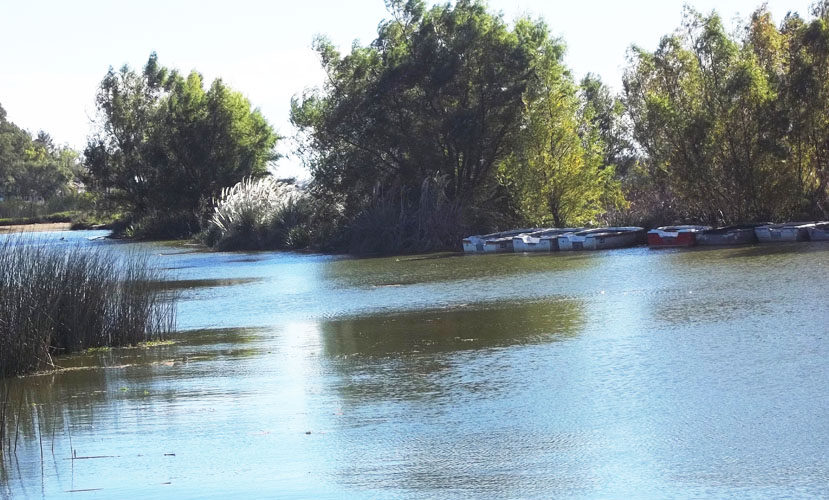
Salado Basin
The members of the area are dedicated to the study of applied limnology of the Salado River and shallow lakes of its watershed. The Salado River is the main river in the province of Buenos Aires with a large basin (140,000 km2) and important as it together with the rest of the pampean region one of the main food producers of the country.
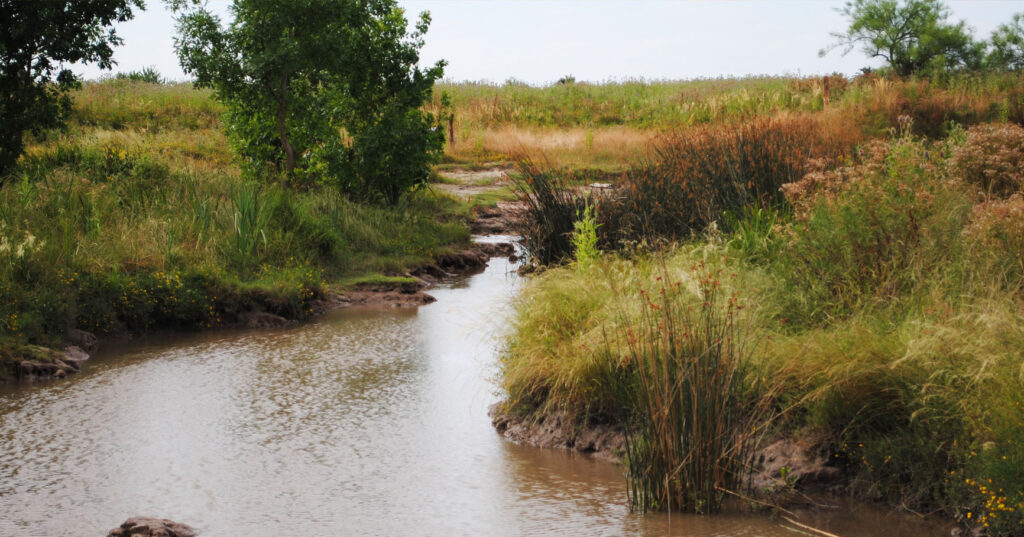
Entomology
The tasks of this working group are devoted to the study of the biodiversity of the aquatic entomofauna of Argentina, especially in relation to the Culicomorpha (Diptera). The lines of research are linked to the systematic evaluation of insects and to the study of their biodiversity in relation to the distribution of aquatic entomofauna along environmental gradients.

Herpetology
The team carries out various lines of research, some of which are particulars of certain members and others transversal to all of them. Two types of fundamental tasks are carried out that have herpetofauna as their objective: (1) to analyze the bone homology of the anuran skull in the context of Lisamphibia and other tetrapods and, (2) to, mark and recapture, stomach flushing, sex ratios of anurans, snakes and freshwater turtles, among other data.
